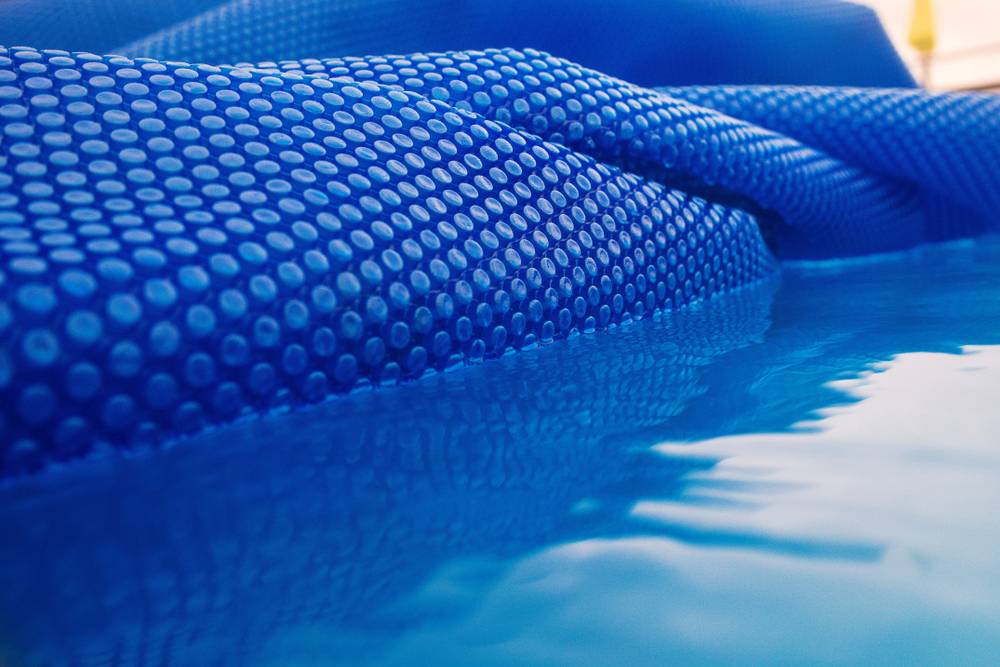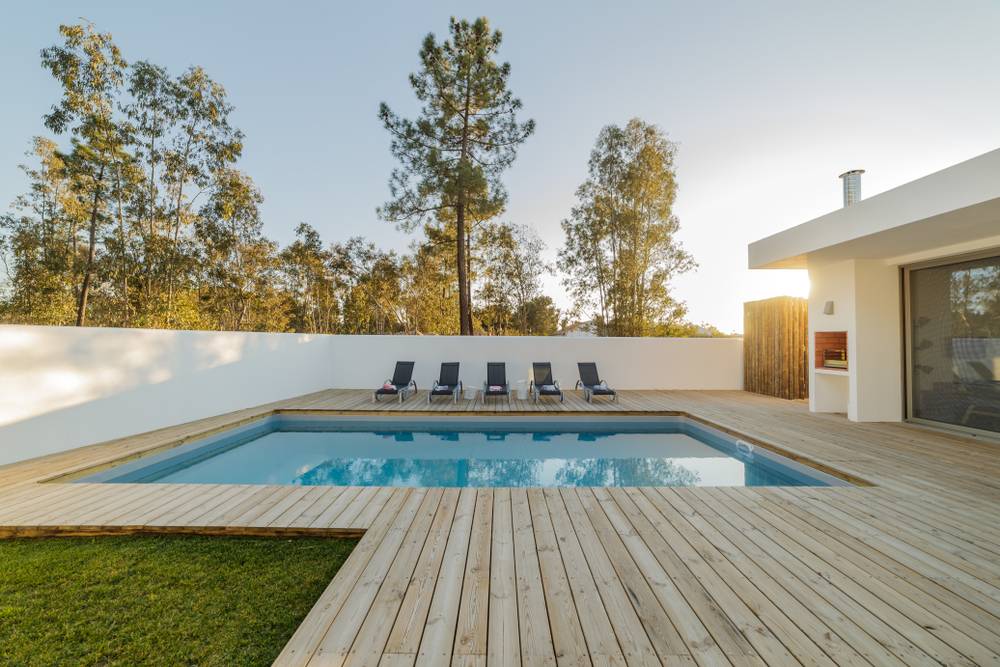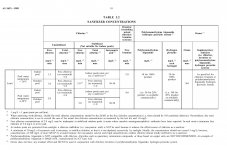So what CYA do you feel is ideal? 20-30 ppm?
I was reading in Falk's paper that even indoor pools should have CYA, to moderate the amount of HOCL.
That's one of the bits where it's important to go through the complete Chem Geek water chemistry thread, and not stop too early.
With an SWG it makes sense to have CYA a bit higher. Later in the thread you'll find Richard mentioning that there seems to be more UV protection at higher CYA levels than one would expect simply by the percentage of FC that's bound to CYA. This gets supported by testing that mas985 has done over the years (some of them quite recently).
That means that at the same FC/CYA ratio, chlorine decays slower under UV at higher CYA levels. This effect is always there and independent from the presence of an SWG.
You now have to balance the benefits of higher CYA against the risks. The risk is that, should your FC ever slip below the min, you might have to SLAM the pool to clear a green pool.
With a liquid chlorine pool, that risk is quite real, and you want to maintain a CYA level that allows SLAMing with reasonable FC levels. CYA 30-50 seems to be a good compromise there.
With an SWG the risk of slipping below min is much smaller. That allows harvesting the benefits of higher CYA levels. CYA 60-80 seems to work well there. More towards 80 in hot and sunny climates, more towards 60-70 in more moderate climates.
There seems to be another benifit of higher CYA with SWGs by providing the small but constantly produced chlorine amounts more efficient protection from UV, which allows running the SWG less frequent and/or on a lower setting which extends the cell's lifetime.
I get my CYA up to about 70-80 in summer. Over winter, I let it drop down to about 40. Then I keep adding again to maintain CYA 40 over the rest of winter. I prefer to maintain my CYA in the measurable area above 30 so that I know where I am, rather than turning blind below 30. In spring I first increase it to about 60, and in December I'll bump it up to 70-80. That usually gets me through summer without having to add any more.

www.troublefreepool.com

www.troublefreepool.com



